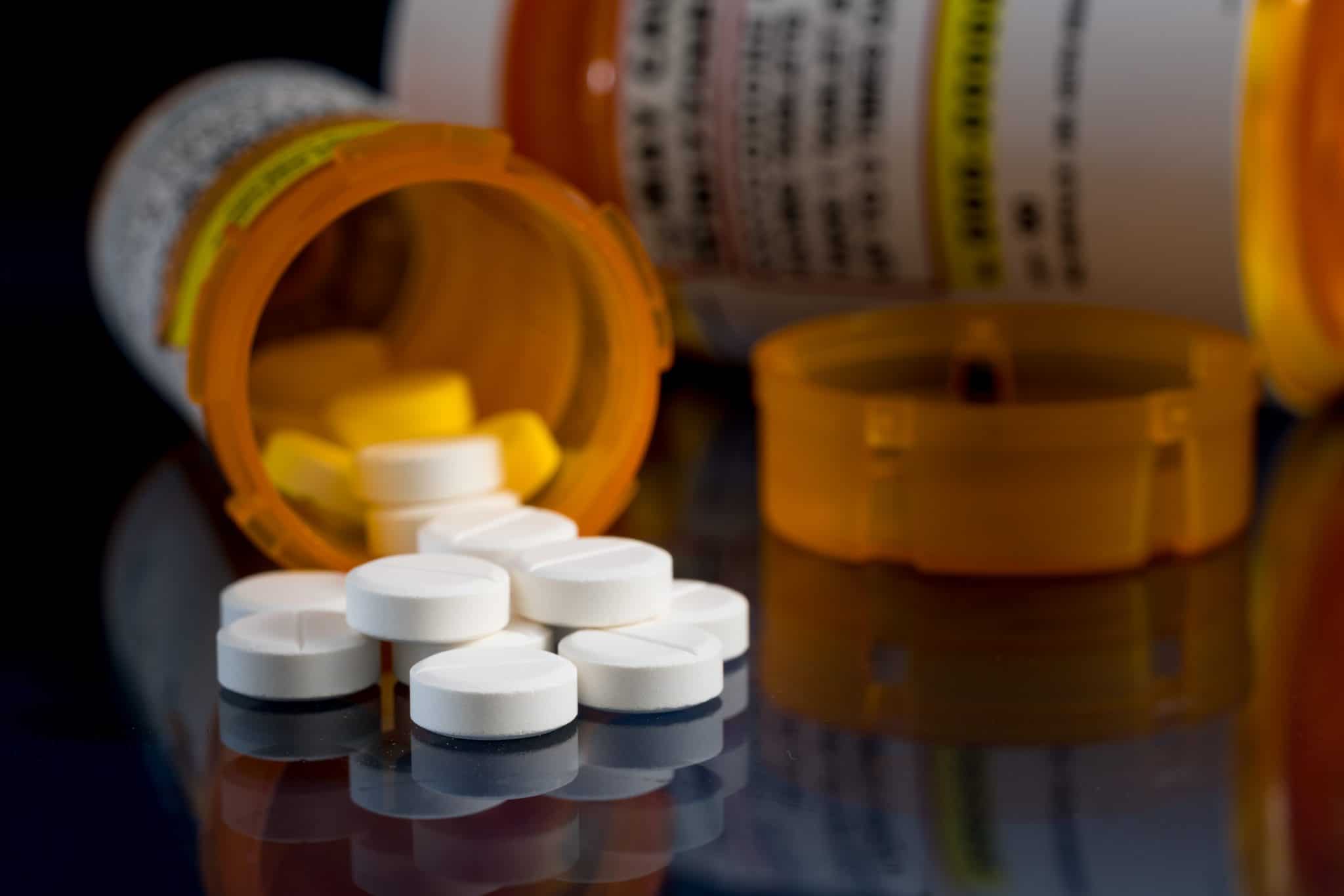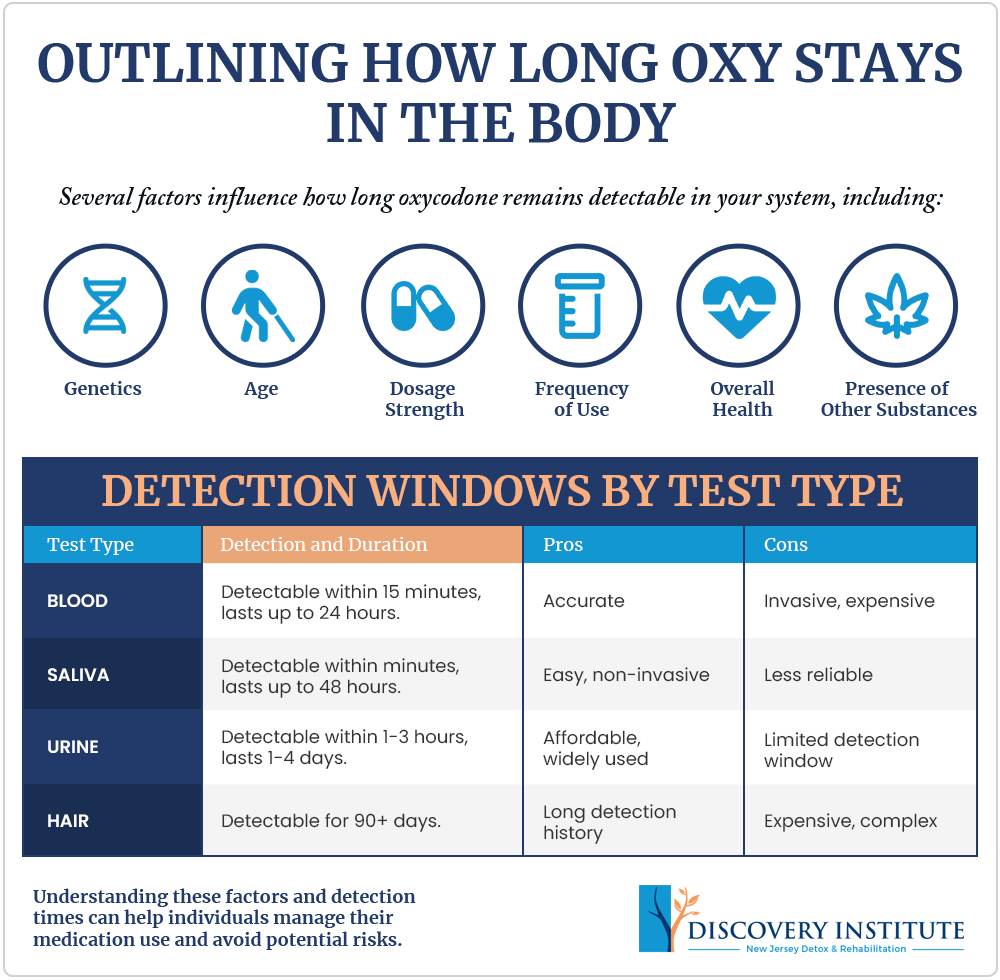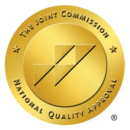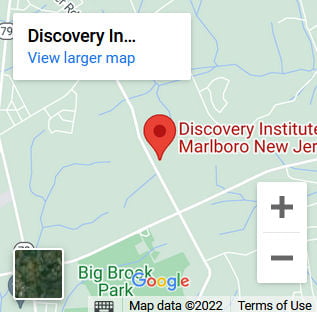Sixteen million people worldwide have gone through or are currently suffering from opioid use disorder (OUD). Three million of them reside in the United States, painting a bleak picture of an ongoing opioid epidemic in the country and across the globe. Oxycodone is a prescription medicine with great addictive potential.
What is oxycodone’s effect on the body? How dangerous is it? Is it possible to recover from an oxycodone addiction? Let’s take a deeper look into these questions.
What Is Oxycodone?
Oxycodone is a medication belonging to the group of opioids that act on specific receptors in the brain and central nervous system to reduce pain sensations and generate feelings of euphoria and is used to treat pain that does not respond well to other painkillers. Oxycodone comes in different forms, such as tablets, capsules, liquids, and injections, and depending on the type it can release the drug slowly or provide immediate relief.
 Immediate-release oxycodone brand names are:
Immediate-release oxycodone brand names are:
- Oxaydo
- Oxy IR
- Roxybond
- Roxycodone
Controlled-release brand names include:
- OxyContin CR (controlled-release)
- Xtampza ER (extended-release)
How Does Oxycodone Work?
Oxycodone is a strong painkiller that works by targeting the brain and CNS. It works in the following ways.
- Oxycodone is an opioid (narcotic) meaning it binds to specific receptors in the brain and spinal cord that transmit pain signals throughout the body to block the pain signals and reduce the sensation of pain.
- Oxycodone also triggers dopamine in the brain, which is the hormone responsible for feelings of pleasure and reward this is why oxycodone can be addictive and dangerous.
- Oxycodone taken in high doses or with other substances can have serious side effects on the body.
What are the Factors That Influence a Drug’s Half-Life?
A drug’s half-life is the time it takes for the quantity of the drug in the body to decrease by half. This affects how often it needs to be taken, how long it stays in the system, and how it interacts with other substances.
The half-life of a drug can change depending on several factors, such as:
This is the rate at which the body eliminates the drug. Drug clearance depends on how effectively the liver and kidneys can break down and remove the drug.
This is the distribution of the drug around the body and it depends on how well the drug can cross different membranes and tissues in the body.
These are the attributes of the person taking the drug that affect the drug’s behavior in the body. Some of these variables are:
- Age: Elderly people have slower metabolism and reduced kidney function, which can increase the half-life of certain drugs.
- Blood circulation: Poor blood circulation can reduce the delivery of the drug to different organs and tissues, which affects its clearance and distribution.
- Diet: Specific foods and drinks can interact with certain drugs and affect their metabolism or absorption. Grapefruit juice inhibits enzymes that break down some drugs and increases their half-life.
- Excessive or low fluid level: Dehydration or fluid retention can alter the concentration and distribution of some drugs in the body and affect their half-life.
- Gender: Occasionally, men and women may have different responses to certain drugs due to hormonal or physiological differences.
What is the Difference Between Opiates and Opioids?
Opioids and Opiates are both classes of drugs that affect the brain and body in similar ways. They reduce pain, induce feelings of euphoria, and can lead to addiction or overdose. Despite this, they are not the same. The main difference between the two is their origin and molecular structure.
A summary of how opiates and opioids differ is:
- Opiates are natural substances that originate from the opium poppy plant. Morphine, codeine, and heroin are all types of opiates. Opiates are also referred to as narcotics because they induce sleepiness or numbness.
- Opioids is a more general term that includes natural, semi-synthetic, and synthetic substances that act on opioid receptors in the brain and central nervous system (CNS). Oxycodone, fentanyl, and methadone are examples of opioids.
- Opiates are a subset of opioids, but opioids include other substances that do not come from the opium poppy plant.
What are the Causes, Signs, and Diagnosis of Oxycodone Addiction?
Anyone who uses oxycodone can develop a dependence and addiction to the medication. This addiction can have different causes, signs, and diagnosis methods. A summary of what you need to know follows below.
Oxycodone addiction can be rooted in several factors, such as:
- Using oxycodone longer than or in higher doses than prescribed by a doctor. This can lead to tolerance, dependence, and withdrawal symptoms when stopping or reducing the drug.
- Using oxycodone for non-medical reasons, like coping with stress, trauma, or emotional issues.
- Being genetically predisposed or having a family history of substance use disorders.
- Having a co-occurring disorder, such as anxiety, depression, or post-traumatic stress disorder (PTSD).
Oxycodone addiction can be accompanied by several physical, psychological, and behavioral indicators, such as:
- Using oxycodone in larger amounts or more often than prescribed
- Difficulty cutting down or stopping use
- Increased time spent obtaining, using, or recovering from oxycodone
- Cravings or urges to use oxycodone
- Neglecting daily activities or obligations due to oxycodone use
- Continuing oxycodone use despite its harmful effects on physical health and mental well-being
- Persisting use despite how it worsens social and interpersonal situations
- Engaging in dangerous behaviors while under the influence of oxycodone, such as operating machinery, driving, or having unprotected sex
- Developing an oxycodone tolerance
- Withdrawal symptoms when reducing or stopping oxycodone use
- Physical symptoms of oxycodone misuse
Medical professionals can diagnose oxycodone addiction by:
- Enquiring about the person’s pattern and frequency of oxycodone use and its impact on their life.
- Using standardized screening criteria to check for an opioid use disorder (OUD).
What is an Opioid Use Disorder?
An OUD is a mental health condition that involves continual misuse of opioids that causes impairment and distress in a person’s life. There are several signs and symptoms of an OUD as seen above, and a proper diagnosis will need to be made by a qualified medical professional before treatment can begin.
What are the Symptoms of Oxycodone Withdrawal?
A person who has been prescribed high doses of oxycodone for lengthy periods and stops or reduces their dosage abruptly can trigger withdrawal symptoms. Some oxycodone withdrawal symptoms are:
 Cramps and muscle pain
Cramps and muscle pain- Fever and chills
- Sweating and shivering
- Runny nose and sneezing
- Nausea and vomiting
- Diarrhea and stomach ache
- Headache and dizziness
- Anxiety and depression
- Cravings and restlessness
Symptoms may vary in severity and duration depending on how much and how long the person has been using oxycodone, their age, health, and metabolism. Symptoms generally begin within 8 to 24 hours after the last dose of oxycodone and peak around the third day. Symptoms usually diminish within a week though some people experience longer-term or protracted withdrawal symptoms that can last for months.
How Long Does Oxycodone Stay in Your System?

The length of time oxycodone can stay in the system depends on various factors like genetics, age, the presence of other drugs in your system, and the strength of the dosage. Below is a summary of how long oxycodone can be detected by different tests.
- Blood: Oxycodone can be detected in the blood within 15 minutes of last use, and it lasts for up to 24 hours. Blood tests are rarely used to test for oxycodone because they are invasive and expensive.
- Saliva: Oxycodone in saliva can be detected within minutes of use and lasts for up to 48 hours. Saliva tests may not be very accurate or reliable, but they are easy and non-invasive.
- Urine: Oxycodone can be detected in urine within 1 to 3 hours of last use and lasts for 1 to 4 days. Urine tests are cheap and simple, making them the most common and widely used tests for oxycodone.
- Hair: Oxycodone can be detected in hair for 90 days or longer. Hair tests are the most accurate and long-lasting oxycodone tests because they can show a history of drug use over time. However, hair tests may not detect recent drug use and they are the most expensive and complex tests.
Oxycodone Addiction Treatment
Oxycodone addiction treatment, often available at drug rehab programs, was invented to help people with oxycodone dependency or addiction to stop use and recover from its damaging effects. Treatment can vary depending on the individual’s needs, preferences, and circumstances, but it typically consists of the following three components:
- Detoxification: This is the first step of treatment in which the person stops taking oxycodone and lets the drug leave their system. Medical detox comes with unpleasant and sometimes dangerous withdrawal symptoms, so it is suggested that detoxification is done under medical supervision and with the help of medications that can ease the withdrawal symptoms and reduce the cravings for oxycodone.
- Rehabilitation: The second step of addiction treatment is where the person receives psychological and behavioral interventions that help them challenge the underlying causes of their addiction, cope with triggers and stressors, prevent relapse, and reconstruct their life without oxycodone.
- Rehabilitation can be done in different environments, such as inpatient or residential facilities, outpatient clinics, or community-based programs.
- Rehabilitation often involves different types of addiction therapy services, such as cognitive-behavioral therapy (CBT), contingency management (CM), motivational interviewing (MI), family therapy, or group therapy. Rehabilitation can also incorporate other services that support recovery, such as education, vocational training, case management, or peer support.
- Aftercare: This is the third step of addiction treatment, where the person has completed their rehabilitation program but continues to receive ongoing support and care.
- Aftercare helps former addicts maintain their sobriety and recovery goals and deal with any challenges or difficulties that may crop up along the way.
- Aftercare can involve different activities, such as follow-up visits, medication management, participation in self-help groups (such as Narcotics Anonymous or SMART Recovery), or residency in sober living homes or recovery communities.
Addiction treatment calls for a personalized and comprehensive approach that takes into account the person’s physical, mental, and emotional needs as well as their social situation and accompanying environmental factors.
Recover from Drug Addiction at Discovery Institute
Anyone can become a victim of oxycodone addiction. Understanding the risks of misuse, as well as the consequences, can help you stick to your dosage schedule and stop use in the healthiest way possible. Not everyone on oxycodone is partial to this information, and addiction is nothing to be ashamed of.
Discovery Institute is the recovery center that can help you get your life back on track and kick oxycodone for good. Our expert staff and facility can help you pass through the stages of rehabilitation under 24/7 supervision and care. Our aftercare services can help surround you with other people who have received treatment and can bolster your efforts. You are not alone.
Contact us today to inquire about admissions, schedule a tour of the facility, or receive more information about substance use disorders. Your journey begins here. Your life begins here.
Dr. Joseph Ranieri D.O. earned his BS in Pharmacy at Temple University School of Pharmacy in 1981 and His Doctorate Degree in Osteopathic Medicine at the Philadelphia College of Osteopathic Medicine in 1991. He is Board Certified by the American Board of Family Medicine and a Diplomate of the American Board of Preventive Medicine Addiction Certification. Dr. Ranieri has lectured extensively to physicians, nurses, counselors and laypeople about the Disease of Addiction throughout New Jersey and Pennsylvania since 2012.
 Cramps and muscle pain
Cramps and muscle pain


